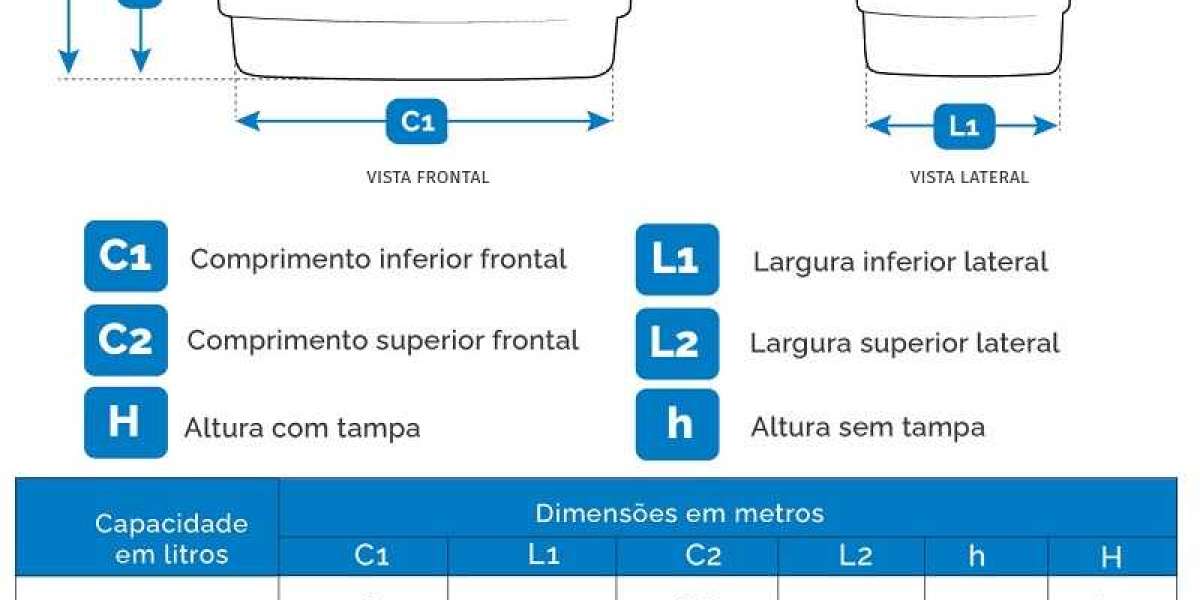In your physician billing process, prior authorization plays one of the most crucial roles. A patient’s health insurance company needs you to obtain prior authorization approvals before providing the course of treatment to your patients. Health insurance companies leverage PA as the utilization management strategy to evaluate the medical necessity and cost-efficiency of administering certain treatments, drugs, procedures and devices.
Optimized use of medical benefits:
Getting prior authorization approval enables you to prevent the purchase of costly treatment options when you can prescribe a cheaper alternative. It also helps patients receive the necessary but less-expensive treatments and drugs.
How does prior authorization work in a physician billing service?
The whole process of prior authorization requires you to go through several steps. PA in physician billing solutions may take a few days to weeks, based on how complex the request is and how busy your practice is. Here are the steps mentioned below-
- First you need to decide if a patient needs a test, operation, drugs or equipment.
- You must go through a patient’s health insurance plan to know if the specific physician service requires prior authorization. If it does, you need to sign a PA form to justify the medical necessity of that specific physician service.
- Because clinical and physician billing systems usually don't work together, you have to manually check the Prior Authorization rules for each patient’s insurance. The guidelines can be in paper form, PDFs, or on payer websites. Always remember one thing rules regarding prior authorization are not always the same. The prior authorization rules may change based on the policies of a same payer also.
- In case your recommended course of treatment does not require prior authorization, you can directly submit the claim to a patient’s insurance company but it is not necessary that your claim would be approved. If Prior Authorization is required, your physician will need to look up each CPT code for the treatment you want.
- You need to include a payer-assigned number that matches the Prior Authorization request in the final claim. Payers and providers usually handle this process manually with phone calls, documents, and emails.
- You need to stay in touch with the insurance provider until they approve, transfer, or reject the Prior Authorization request.
how long a prior authorization does take in medical billing for physician?
The total pre-auth time depends on several factors like the complexity of the process, the nature of physician service, and how busy the payor is, etc. usually, you should expect a few 3 to 14 days to receive the final decision.
For urgent requests, some insurance companies may speed up the process. In those cases, you might get a decision in just hours or a few days. It’s always a good idea to check with your insurance company to see how long they take for Prior Authorization and if there are any special steps you need to follow.
After making the prior authorization request, you can face one of five typical scenarios as mentioned below-
- Approval of PA request
- The payor may deny your request
- You may need to provide the insurance company with further information
- You may require prescribing a less-expensive but equally effective alternative treatment plan to your patient
- In case of request denial, you need to appeal the request
Step-by-step guide of getting prior authorization done:
Step 1: Check patient eligibility:
Before filing a PA request, you must check your patient’s insurance policy carefully to know if they are eligible for the specific treatment or medicine. Also, confirm if there is any limitation on the medication or treatment.
Step 2: Determine if the specific physician service require prior authorization:
Figure out if the treatment or medication needs Prior Authorization. Not everything does, so check with the insurance company to see if you need it for the service you're planning.
Step 3: Fill up the prior authorization form:
Every insurance company has its own form for filing prior authorization requests. You can download the PA application form from an insurance company’s website or you can contact them directly to collect the form. You need to provide all the critical details about the patient along with prescribed course of treatment and all the supporting clinical documents.
Step 4: Submit the request:
After you fill out the forms, send them to the insurance provider along with any extra supporting documents.
The truth is that prior authorization is a time-consuming and complex process and most physicians do not have a dedicated team to delegate this critical physician billing process. If you are also on the same boat like others, outsourcing physician billing can be the perfect solution. As one of the prime physician billing companies, Sunknowledge can streamline the most efficient and diligent prior authorization and other crucial physician billing solutions for you where you can enjoy a drastic operational improvement.








